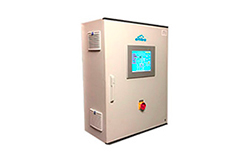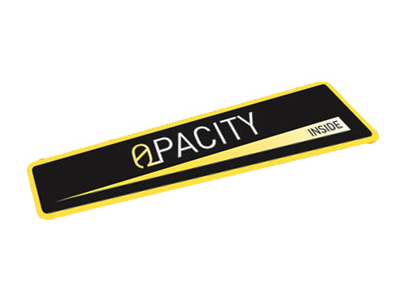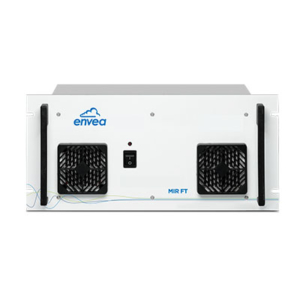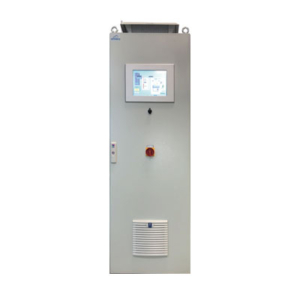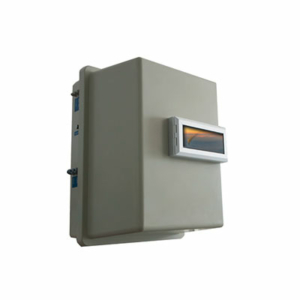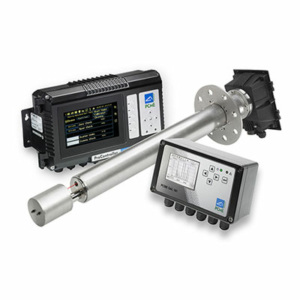Technologie robuste pour la mesure de concentration de poussière à fortes charges
L’opacimétrie ratiométrique DynamicOpacity™ Ratiometric Opacity est une technologie robuste pour la mesure de concentration de poussière à fortes charges après les précipitateurs électrostatique
Core Features of the Technology are:
- Single pass measurement for simple opacity (color) measurement.
- Double pass measurement options for Compliance with US EPA PS-1 requirements.
- Tout d’abord, mesurez l’opacité de la pile (noirceur de la pile) selon l’équation simple :
Opacité = 100 (1 – Lumière reçue/Lumière transmise) % - Deuxièmement, une mesure de l’extinction de la cheminée qui a une relation linéaire avec la concentration de poussière pour un type particulier de poussière et sa taille :
Extinction = Journal naturel (lumière reçue/lumière transmise)
- Par rapport aux autres systèmes Opacity, l’instrument compatible PS-1 de PCME présente une dérive zéro à long terme plus faible, ce qui signifie qu’il peut être utilisé pour surveiller des niveaux de poussière aussi bas que 10 mg/m3 dans une pile de 5 m. sans souffrir de dérive du zéro qui provoque des erreurs lors de l’étalonnage d’un instrument.
- Les algorithmes de mesure d’opacité et DynamicOpacity™ peuvent être combinés dans certains instruments pour fournir une solution de mesure de poussière plus fiable que le système d’opacité pur.
- Contrôle automatique du zéro d’opacité qui vérifie le bon fonctionnement de l’émetteur-récepteur en mesurant le signal lorsqu’un miroir est automatiquement inséré dans le faisceau après la lentille finale.
- Vérifications automatiques de l’étendue, pour vérifier la capacité de l’instrument à mesurer correctement l’atténuation provoquée par un filtre optique inséré devant le miroir zéro.
- Filtres d’audit qui peuvent être insérés manuellement dans l’instrument pour les contrôles de zéro et de linéarité.
